United States
Space Development Agency’s Tournear still has need for speed
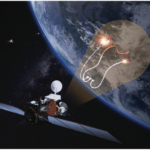
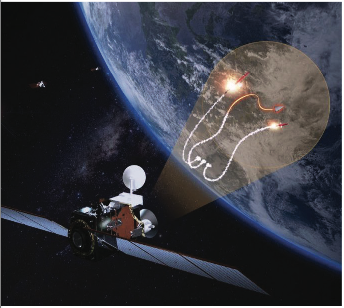
Four years into his tenure atop the Pentagon’s Space Development Agency, Derek Tournear saw key goals realized in 2023. The first small, commercially built satellites for missile warning and communications are set to change how the Pentagon detects missile threats
Lunar soft landing attempts
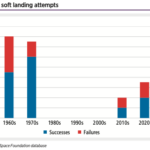
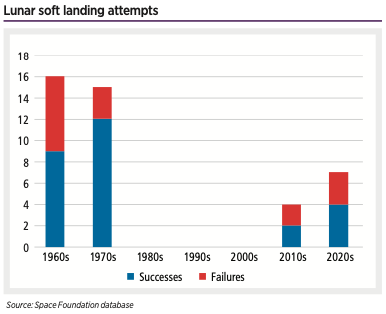
Unlike the failures that plagued early lunar missions, which included launch failures, missing the Moon, or crashing, recent lunar landings are more often quashed by software errors.
Space Force Guardians, FY2022 and FY 2023
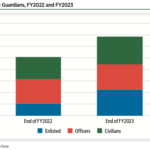
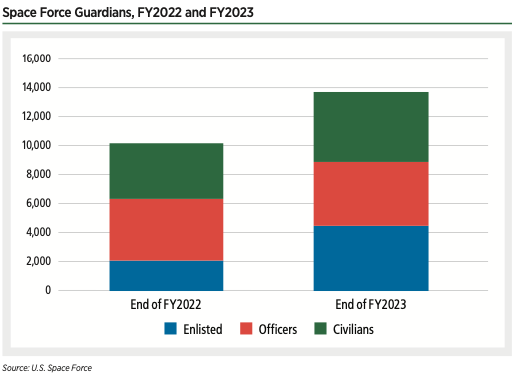
The Space Force, which falls under the Department of the Air Force, employed 13,716 Guardians and civilian workers at the end of Fiscal Year (FY) 2023, an increase of 34.7%
Top 3 commercial space sectors, 2015-2022
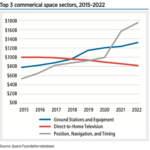
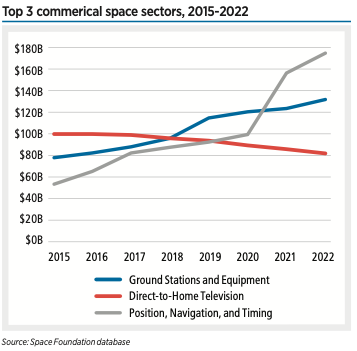
Commercial revenues continue to make up the majority (78%) of the global space economy. The top three commercial space sectors — ground stations, direct-to-home television, and position, navigation, and timing — totaled $373 billion in 2022.
U.S. spaceports hosting successful orbital launches, 2014-2023
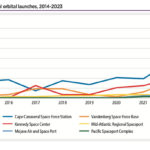
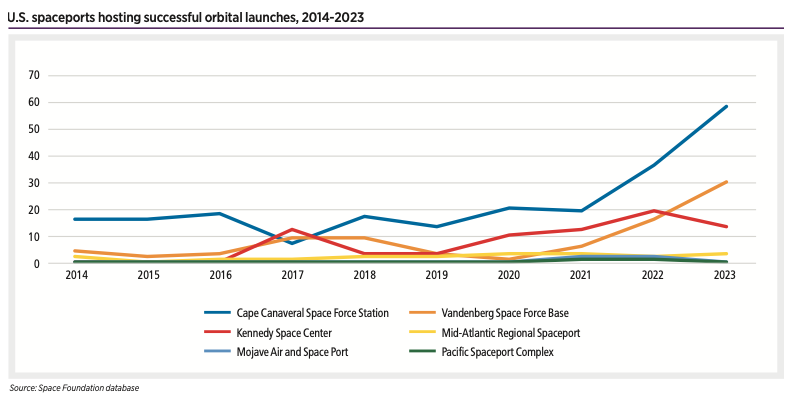
Launch services conducted 83 launches from Vandenberg and 72 from Kennedy, while Virginia’s Mid-Atlantic Regional Spaceport (MARS) at Wallops Island performed 19 launches.
SNAPSHOT: Human spaceflight
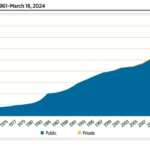
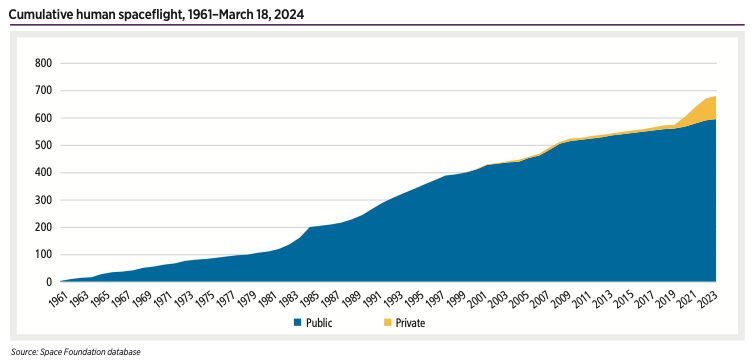
As of mid-March, 685 astronauts have reached at least 80 kilometers above the Earth’s surface. This total includes 86 private astronauts, 22 times as many as there were two decades ago.
INSIGHT: American dynamism sustains U.S. advantage


Space holds nearly limitless commercial and scientific potential. It is also essential to national security: maintaining freedom of action in space, and the protection of space-based assets, is fundamental. Rivals, led by China . . .
Cape Canaveral customer mission share 2014–2023
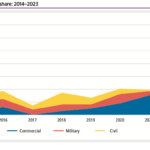
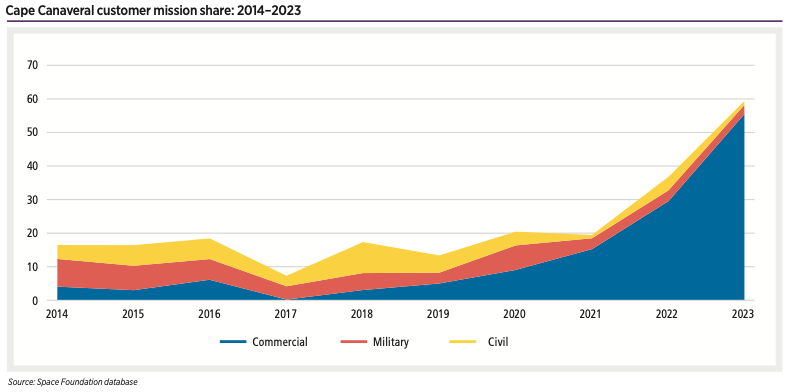
Launches from Cape Canaveral were military-focused for the first few years, with civil missions not far behind.
INSIGHT: LunA-10 – DARPA’s bridge to the lunar economy


For space programs and companies, the Moon looms large as a contested frontier of space access and commercialization. The cadence of attempted Moon landings is increasing.
Commercial offerings continue to grow, shape future of space

 [caption id="attachment_40285" align="alignleft" width="344"] Starlink satellites sent a text message directly to a mobile phone in January using a new generation of spacecraft.Credit: SpaceX[/caption] Introduction | Commercial space has come…
[caption id="attachment_40285" align="alignleft" width="344"] Starlink satellites sent a text message directly to a mobile phone in January using a new generation of spacecraft.Credit: SpaceX[/caption] Introduction | Commercial space has come…